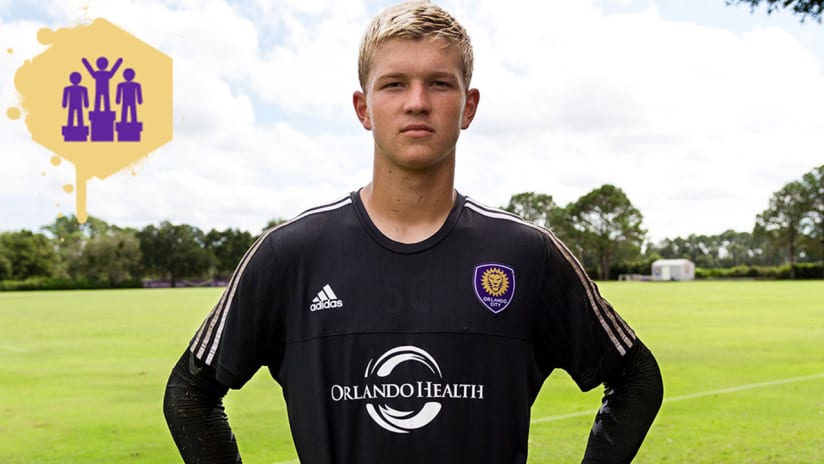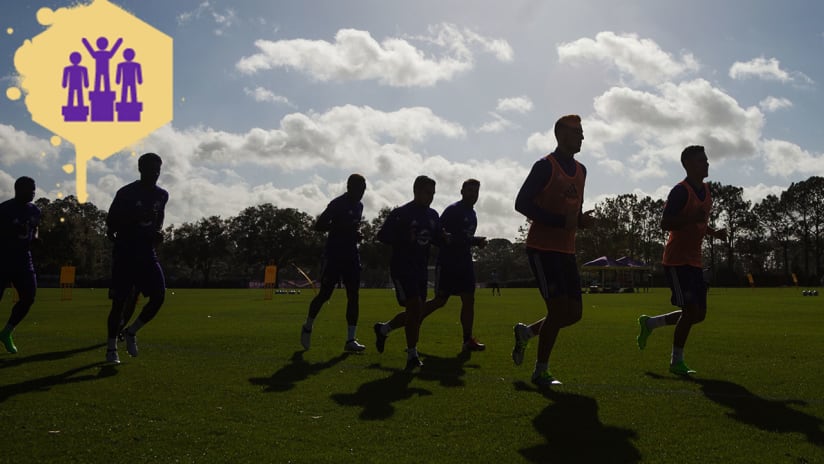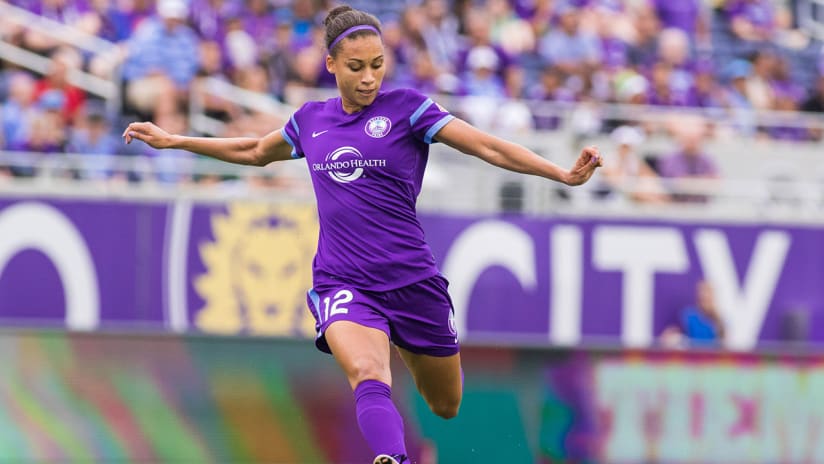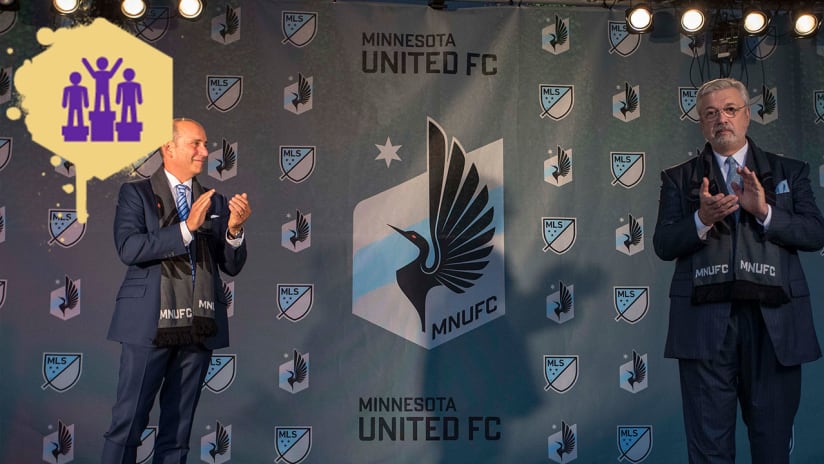Development of young players is key to the growth of any sport in any country in the world. For MLS, it’s one of the keys to their success in the future. That’s why, in 2008, they implemented the Homegrown Player Rule. It was a decision that would change the face of the game in North America.
The rule allows MLS teams to sign local players coming out of their own development programs directly to their MLS first team. Previously, players who came up through a team’s system would still have to be acquired through an allocation processes, such as the MLS SuperDraft, which made Development Academies an unreliable source for acquiring talent.
Now, MLS teams are investing heavily into their youth programs in hopes of building their rosters from within. This is has been a major boon for the development of soccer in America and is a program unique to MLS is the Unites States’ crowded sports market. In no other sport on the continent can you earn a professional contract directly through a team’s development program.
Another benefit to the program is that even if a player chooses to play in the NCAA, the teams will retain the rights to sign the player to a homegrown contract. For example, Jordan Morris signed a homegrown player contract with the Seattle Sounders when he left Stanford.
In 2016, MLS decided that teams can sign as many homegrown players as they want. Homegrown players can occupy spots on the senior, supplemental, or reserve rosters. And homegrown players on the supplemental and reserve rosters may earn up $125,000 more than the normal salary at that range-- so teams can have a player on the reserve roster making $175,000, while his colleagues at those designations are earning $51,500.





